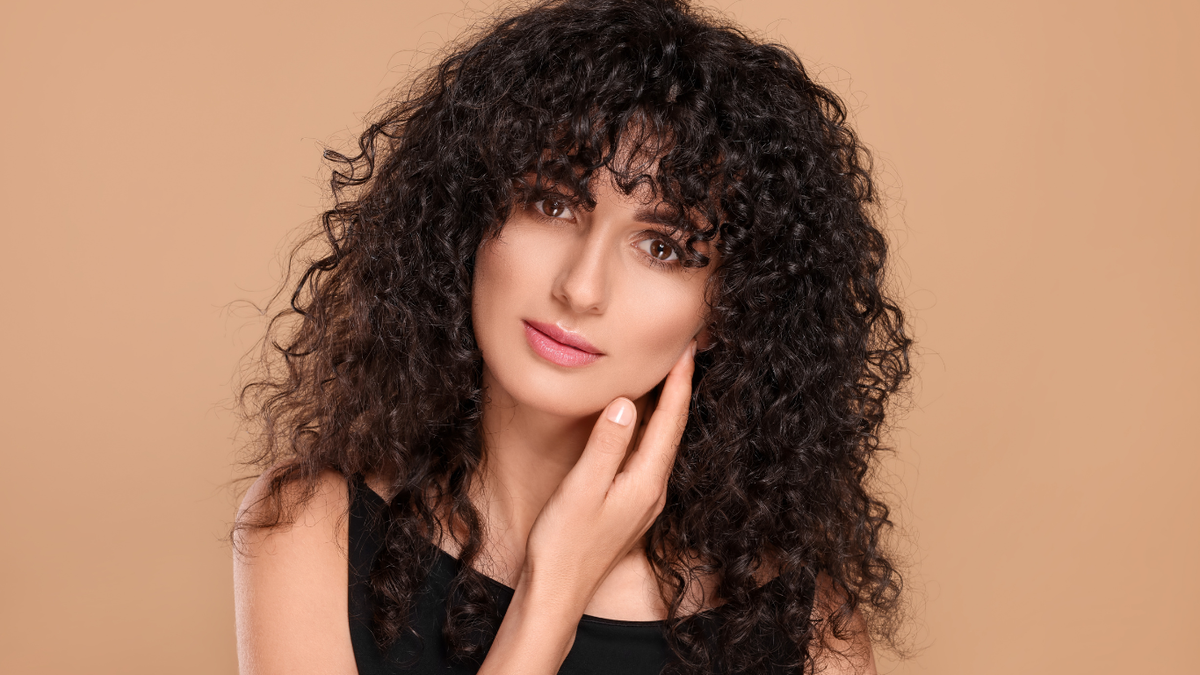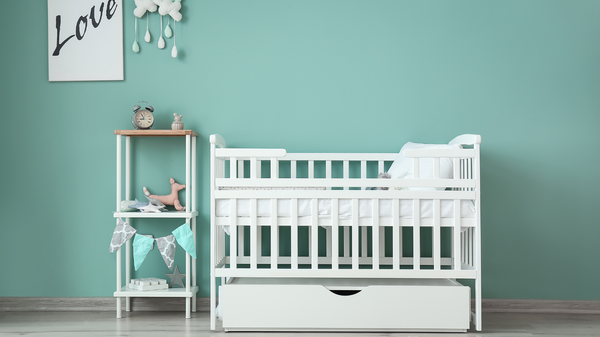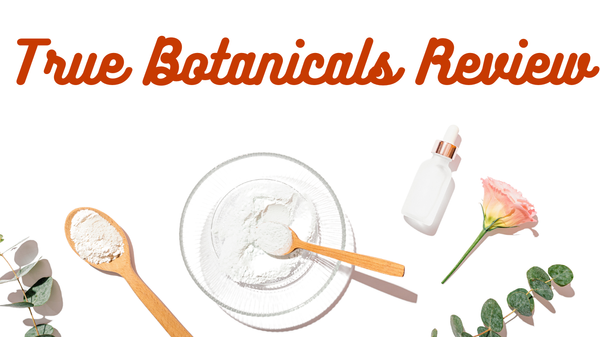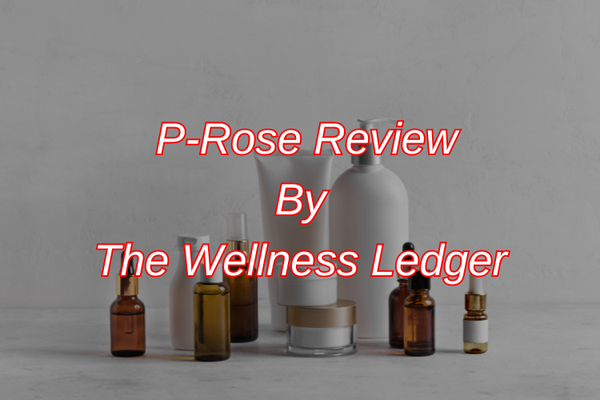Unraveling the Truth: Does Getting a Perm Actually Damage Your Hair?
The promise of effortless curls can be incredibly alluring, but there's a lingering question that often dampens the excitement—does getting a perm damage your hair?

For decades, perms have been an essential part of the beauty regimen for those craving bouncy, voluminous locks. The promise of effortless curls can be incredibly alluring, but there's a lingering question that often dampens the excitement—does getting a perm actually damage your hair? In this post, we'll explore the science behind perms, highlighting the advantages and potential drawbacks, to demystify the process of perming and its impact on your hair health.
Understanding the Perm Process
Before we judge the effects of a perm on your hair, it's crucial to understand the treatment itself. The term 'perm' is short for 'permanent wave,' which involves using chemical solutions to break and reform the protein bonds in your hair, resulting in a curly or wavy pattern that lasts for several months.
The Key Steps of a Perm
- Preparation: Your hair will be washed and sectioned off in rollers.
- Application of Chemical Solution: A waving lotion (usually containing ammonium thioglycolate) is applied to your hair, causing the disulfide bonds to break.
- Neutralization: Once the desired curl has been 'set,' a neutralizer is applied to halt the breaking of the bonds and reform them, locking in the newly created shape.
The Timeframe for Results
The entire perm process can take anywhere from 1.5 to 2 hours, depending on the length of your hair and the desired curl intensity.
Weighing the Pros and Cons of Perming
The Pros 😄
- Long-Lasting Curls: One of the most appealing aspects of a perm is that it provides semi-permanent results, meaning you can enjoy your curls without the need for daily styling.
- Added Volume: Perms can give your hair a natural-looking boost, making it an excellent choice for those with thin or straight hair.
- Reduced Styling Time: With a perm, you may find yourself spending less time on hair maintenance, simplifying your daily routine.
The Cons 🙁
- Potential for Damage: The chemical process involved in perming can weaken the hair shaft, leading to dryness and breakage.
- Special Care Requirements: Permed hair requires specific, often more intensive, care to maintain the health and integrity of the curls.
- Irreversible Changes: While perms are not entirely irreversible, growing out the permed hair will require time and transition methods to return to a straight state.

Does a Perm Truly Damage Your Hair?
The short answer is yes, getting a perm can potentially damage your hair. The act of breaking and reforming the protein bonds is inherently destructive to your hair's structure. But this damage isn't guaranteed; it largely depends on how the perm is applied, the strength of the chemicals used, and the aftercare provided.
The Role of Hair Porosity
Hair porosity, or the hair's ability to retain moisture, can influence the degree of damage from perming. High porosity hair, which is more susceptible to damage, may experience more significant changes after a perm.
Aftercare Is Paramount
Proper post-perm care plays a monumental role in mitigating damage. This includes using hydrating shampoos and conditioners designed for permed hair, reducing the frequency of heat styling, and treating your hair to regular deep conditioning treatments.
Remember
Unexpected damage from a perm can significantly impact one's self-confidence and perception of beauty. Hair is often seen as a reflection of our identity and when it suffers, our self-esteem might take a hit as well. Damaged hair due to improper perming techniques or lack of aftercare can lead to dryness, breakage, and an overall unhealthy appearance. This can make styling more challenging and time-consuming, reducing the joy and satisfaction one normally finds in personal grooming. Recovering from such damage requires time, investment in treatments, and in severe cases, drastic measures like cutting the damaged length. The process can be disheartening and may affect how one perceives themselves and how they believe others perceive them. Hence, understanding the risks and committing to thorough aftercare is vital to not only preserve the health of your hair but also maintain your confidence and happiness in your appearance.
CHECK OUT DIFFERENT TYPES OF SPIRAL CURLY HAIR PERM👉https://t.co/4Zx0oXd013.
— Beach Wave Perm (@BeachPerm) May 1, 2020
The exciting thing about applying a spiral perm in your hair is that it will give you curls in varied lengths and sizes.#cut #hairstyle #hairperm #perm #spiral #curls #volume #wavy #hairstylist #hair pic.twitter.com/GVM15XsTUg
The Different Types of Perms and Their Impact
When discussing perm damage, it's important to note that different types of perms can have varying effects on your hair.
Korean Perms and Their Reputation for Less Damage
The Korean perm, popular for creating soft, natural waves, is often touted as a gentler perm option. The perceived difference in damage is usually attributed to the milder products used and the emphasis on conditioning the hair during the process.
Wavy Perms for Men
Men looking for low-maintenance, textured hair can benefit from a wavy perm, which typically uses larger rollers to create loose, natural waves. Due to the larger curl size, wavy perms for men are considered less harsh on the hair.
The Financial Cost of Perming
Beyond the potential damage to your hair, perming also comes with a financial cost. The price of a perm can vary significantly based on your geographic location, the salon's reputation, and the expertise of the stylist.

How Much is a Perm?
On average, a perm can cost anywhere from $40 to $200. This wide price range accounts for the aforementioned factors, as well as the length and thickness of your hair.
Long-Term Cost Considerations
It's essential to consider the long-term cost of maintaining a perm, which includes touch-ups as your hair grows and the investment in suitable hair care products.
Making an Informed Decision About Perming
In the pursuit of beauty, it's crucial to make informed decisions that consider both the immediate and long-term effects on your well-being. If you're contemplating a perm, here's a checklist to guide your decision-making process:
- Research reputable salons and stylists known for their expertise in perming.
- Schedule a comprehensive consultation to discuss your hair type, the perm process, and the realistic outcomes.
- Prioritize aftercare by investing in quality products and committing to a consistent hair care routine.
- Be prepared for the changes that come with a perm, both in terms of daily styling and the health of your hair.
Perming is a personal decision that can result in beautiful, dramatic changes to your hair. By understanding the process, considering the potential for damage, and committing to proper aftercare, you can enjoy the lush, voluminous curls you've always dreamed of without compromising the health of your hair.
We really appreciate you stopping by The Wellness Ledger, and hope you come back for more high quality content on lifestyle, travel, and health 😀





